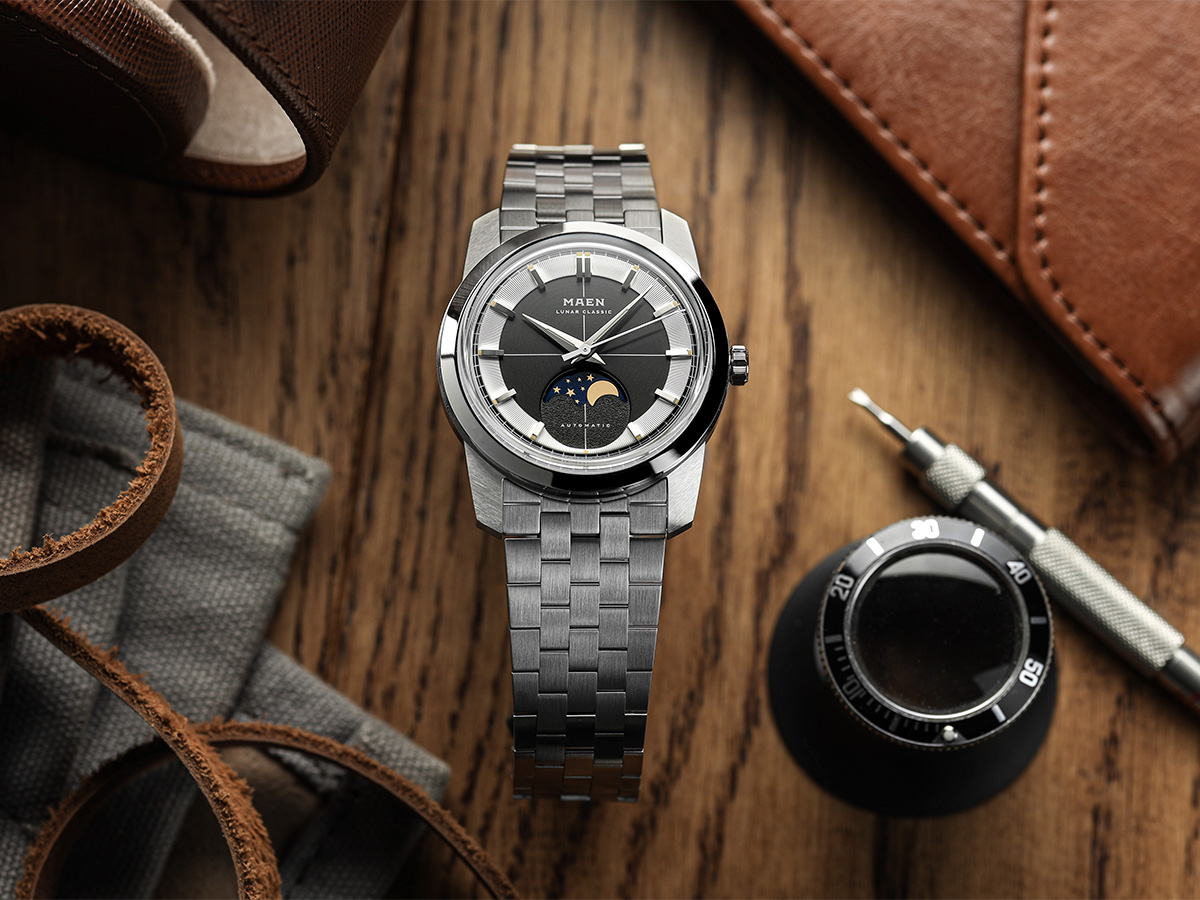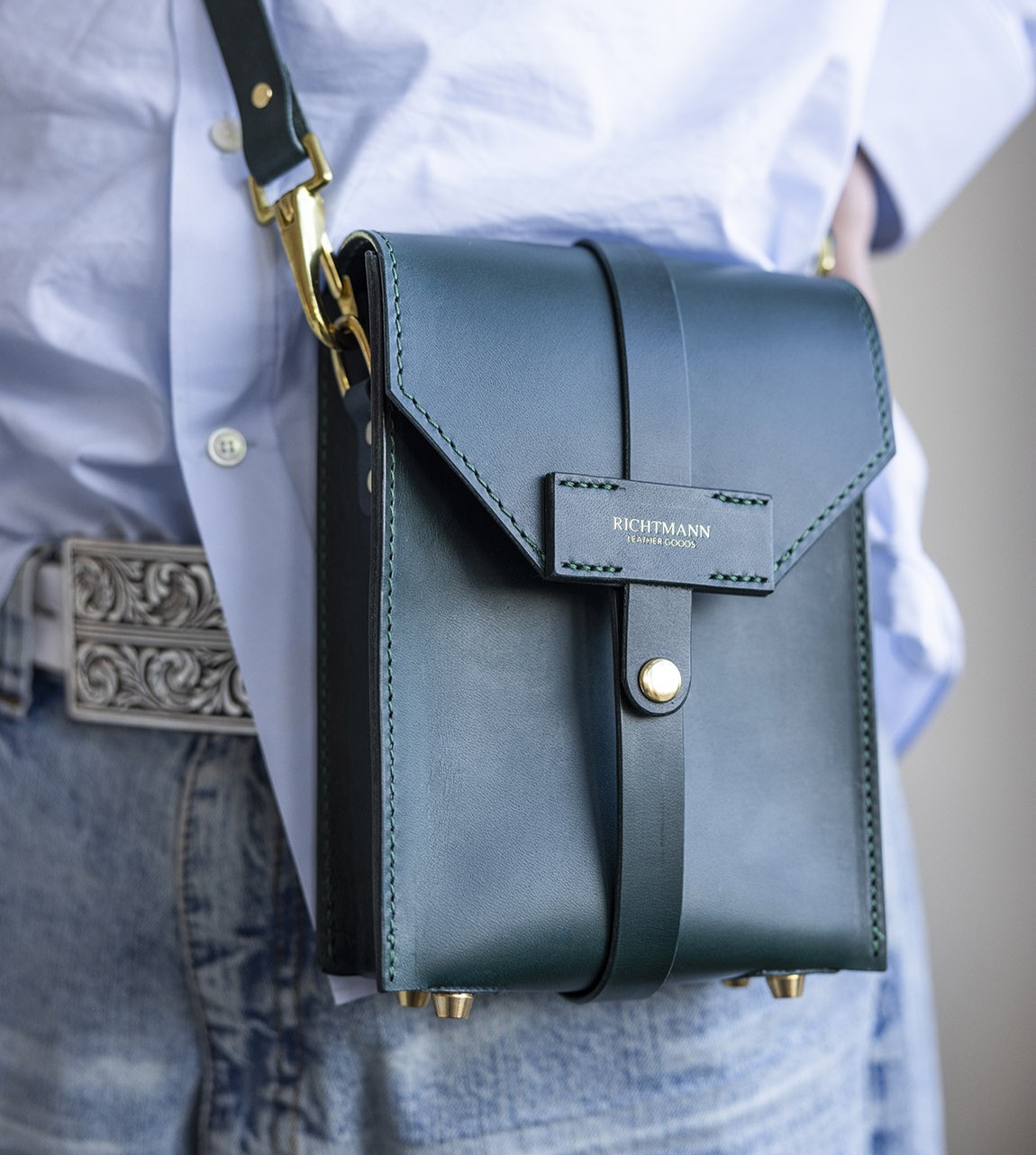Scampi: Swimwear that won’t wear out the planet
Text: Ulrika Kuoppa-Jones | Photos: Scampi

Scampi’s effortless, classy Scandinavian look this year comes in iconic stripes and prints reminiscent of legendary swim resorts.
Imagine lazing in the dappled shade of a palm tree on a tropical beach – in a flattering swimming costume, basking in the sun, listening to the waves of the deep turquoise sea rolling in. Then you realise: ‘Hang on – what about my carbon footprint? The flights? The strain on local resources? The sustainability of the outfit?’. Relax. Scandinavian company Scampi has the created the climate-clever swimwear alternative, offering peace of mind. As Dory says in Finding Nemo: “Just keep swimming!”
For Scampi CEO Emelie Olsson, 37, sustainable working and living go hand in hand. She left the hustle and bustle of city life in Stockholm to enjoy the serenity of nature in the famous ski resort Åre. Now she’s living the back-to-nature dream in Bali with her young family. “Life is simple; we live in tune with nature. We hardly shop, we eat vegan food, we surf and are involved in the local community. My kids go to an amazing sustainable school here in the jungle. Working in Bali fills me with a whole new energy – we’re all tuned into an eco-friendly vibe here,” CEO Olsson smiles.
Our lives have traditionally revolved around work and putting in the hours. But times are changing. Sustainable living is on everyone’s mind: to live and work with consideration for nature. “When I took over Scampi in 2016, my vision was to make the brand fully sustainable. All of our swimwear is now made of reclaimed ghost fishing nets that drift in our oceans. But as I started hunting for the perfect materials for our swimwear line, I came across a thousand other ways of being climate positive and minimising our carbon footprint. It’s really exciting!” says Olsson.
The company now incorporates sustainable thinking into every possible detail of its business. In addition to using reclaimed nets for the swimwear, it includes the durability of the fabric (long-lasting Lycra), the way the fabric is printed by laser (no water-wasting screen prints), the packaging and labelling (all biodegradable), the process behind it all (fair conditions and a sustainable production chain), and the ways in which the swimwear is being used (climate credits to benefit an Indian solar plant).
The brand’s hallmark is great quality and fit, regardless of body shape. It’s a credibility not easily found on the market. “We make swimwear for ordinary people looking for support in a garment that makes us look great. Our swimming costumes and bikinis have hidden solutions that will hide, hold and cover the bits we want,” says Olsson.

Left: Emelie Olsson, CEO.
But you can’t be passionate about the environment if you make a product that ends up as landfill within a year. That’s why long-lasting quality is so important. And versatility, as Olsson explains: “We work on sustainability in terms of quality, but also by design. We want customers to be able to hold onto a beloved top or bottom part of an outfit and match it with a new product. Our patterns will work for a long time, and they can be combined, season after season.”
Longevity of the garment is the tricky part. Swimwear is made to hug our bodies tightly and, obviously, not fall off. Because of that, Lycra threads are key. For many of us, they’re known as unsightly threads that become fully visible in cheap swimwear, making the swimsuit feel like a stiff armour with a saggy, see-through bottom. Well, not anymore. Scampi has thought of that one, too.
“It’s a bit of a mission impossible to create a product made to last through radiant sunshine, sunscreen lotion, salt and chlorine – the worst things you can put a fabric through. In cheaper swimwear, the thread starts to sag after as little as five hours in a swimming pool with chlorine. We’ve managed to source an Italian super-thread Lycra that doesn’t show damage even after 240 hours! That’s a lot of laps!” Olsson laughs.
The conventional way of creating patterns on textiles requires a lot of water. Screen prints waste thousands of litres. That’s why Scampi uses digital printing, an eco-friendlier process that saves water. But the most difficult part of trying to be fully sustainable is in offering a product on the market that, because of its very nature, will encourage you to fly to tropical destinations.
“At Scampi, we want to offer Climate Compensation. When you buy from us online, you can make up for some of the emissions your flight will cause by supporting a really important solar power plant in India,” says Olsson.
The ground-breaking Godawari plant in Rajastahn produces fossil-free energy used in the national power grid. It’s leading the way for renewable power in India.
That’s swimwear that won’t wear out the planet – and it doesn’t cost the earth either.

www.scampi.se/en Facebook: scampiswimwear
Subscribe to Our Newsletter
Receive our monthly newsletter by email





